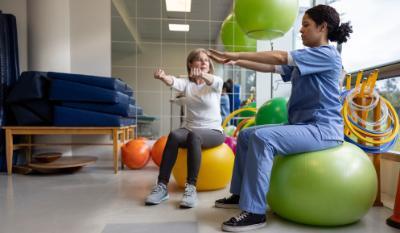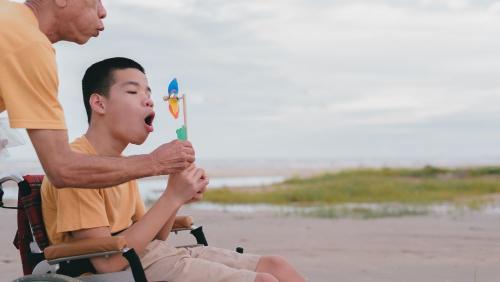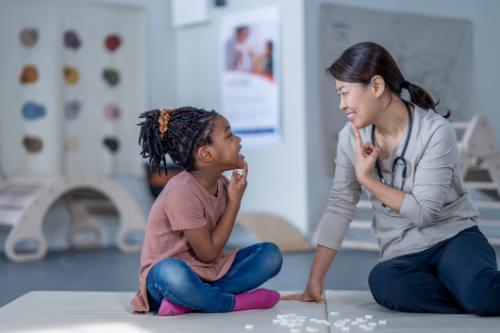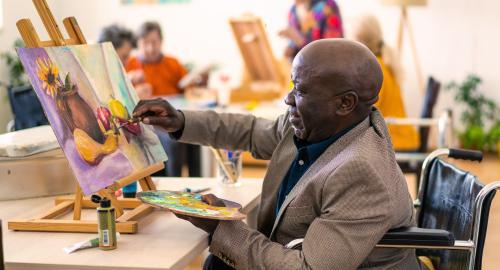Occupational therapy is a mentally, physically, and psychologically demanding profession.  Students who graduate from the EVMS Doctor of Occupational Therapy program must be prepared for entry into the practice of medicine within post-graduate medical education training programs. As such, in addition to meeting academic criteria, each applicant to and student in the EVMS Doctor of Occupational Therapy program must demonstrate that they possess independent ability, aptitude, and skills to meet the non-academic criteria an occupational therapist must possess in clinical practice.
Students who graduate from the EVMS Doctor of Occupational Therapy program must be prepared for entry into the practice of medicine within post-graduate medical education training programs. As such, in addition to meeting academic criteria, each applicant to and student in the EVMS Doctor of Occupational Therapy program must demonstrate that they possess independent ability, aptitude, and skills to meet the non-academic criteria an occupational therapist must possess in clinical practice.
These Technical Standards must be met with or without accommodation and are essential for admission to, promotion within and graduation from the EVMS Doctor of Occupational Therapy program.
The OTD program, like the profession and the university, is committed to inclusive opportunities for all. Individuals with unique backgrounds and needs are encouraged to apply and are not required to disclose the nature of their educational and participation needs.
Deficiencies in knowledge, skill, judgment, integrity, character, and/or professional deportment which may jeopardize patient safety and/or care may influence academic and fieldwork success, application and acceptance to take the national certifying examination, and possible dismissal from the program.
 The ability to communicate is a cornerstone in the effective implementation of occupational therapy service. Occupational therapists must be able to understand others, be understood, and use communication skills to gather and share information.
The ability to communicate is a cornerstone in the effective implementation of occupational therapy service. Occupational therapists must be able to understand others, be understood, and use communication skills to gather and share information. 


 Doctor of Occupational Therapy students must be able to effectively:
Doctor of Occupational Therapy students must be able to effectively: